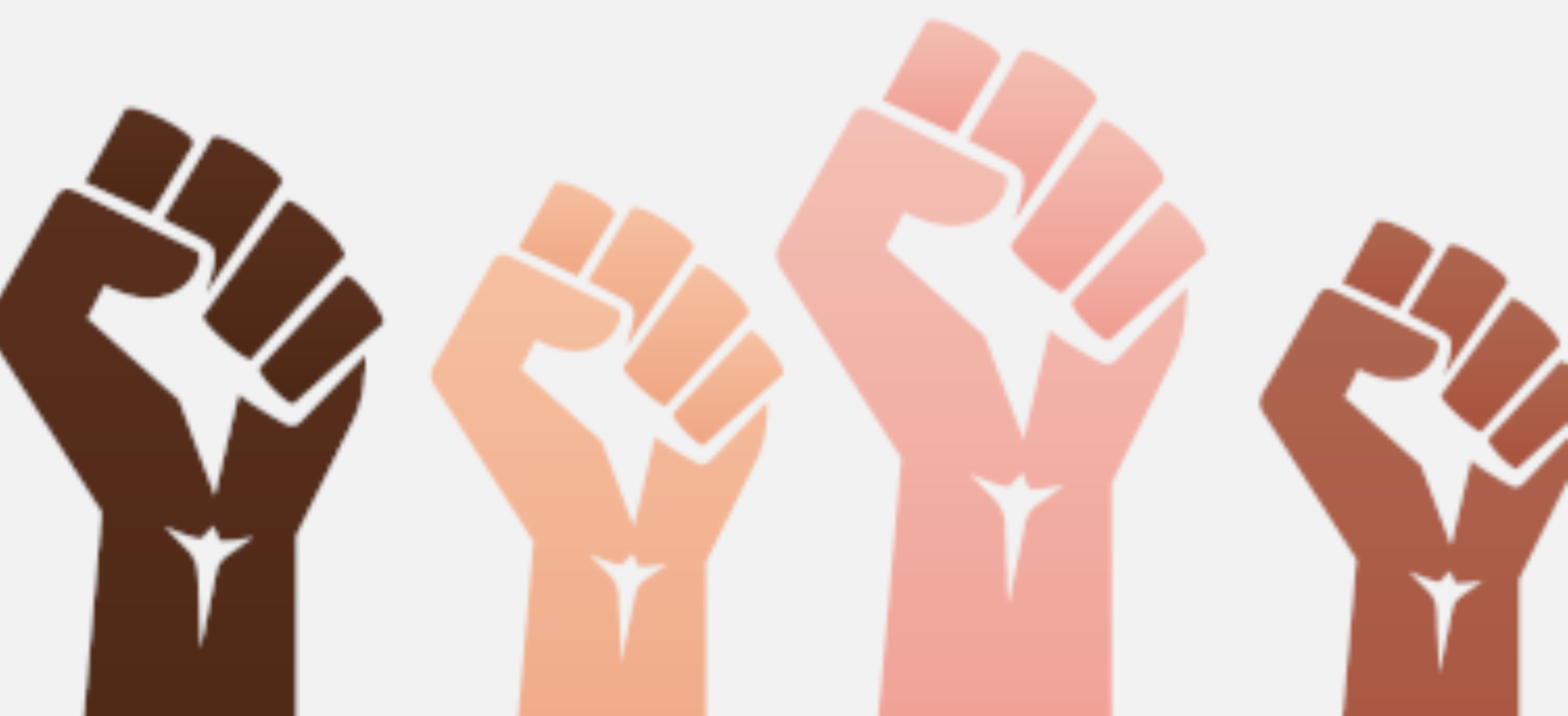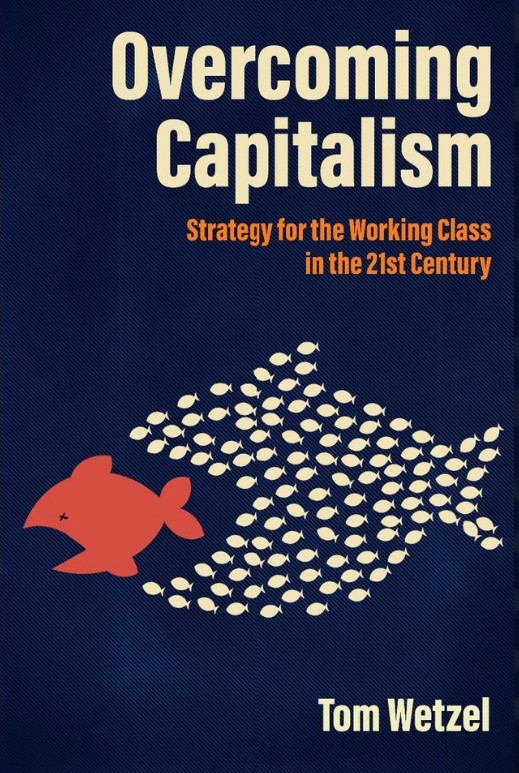As the Communists gained control in the Russian revolution, they gradually suppressed all other left-wing political organizations, between 1918 and 1921. This was then encapsulated in the policy that Lenin and Trotsky called “the dictatorship of the party.” Often this is justified by referring to the civil war situation. I don’t think this is an adequate explanation. We can see this if we look at the revolution that unfolded in the part of Ukraine know as the “Left Bank” (as viewed from Moscow) of the Dniepr river — the area around the present-day cities of Kharkiv and Dnipro.
The revolution in this area had taken a somewhat different path than in other areas of the Russian Empire. For one thing, the Bolshevik party had almost no influence there. The soviets and revolutionary groups there had eventually come together in a series of people’s congresses in 1918–1919. The congresses brought together delegates from peasant communities (on the principle of one delegate for every 3,000 residents) and worker committees, unions and local soviets. The largest of these congresses, in 1919, had delegates representing 1 million people. These congresses authorized the formation of a Revolutionary (or “Insurgent”) army of Ukraine. Nestor Makhno was elected to be its top officer.
The congresses also elected a Revolutionary Council to be a kind of government for the “Left Bank” region, with control over both the army and ordinary governance, between meetings of the People’s Congresses. According to Alexander Skirda, the majority of the delegates at the congresses were Left SRs and SR Maximalists. The SR Maximalists were a libertarian socialist group who supported the syndicalist conception of grassroots unionism. The delegates elected to the Revolutionary Council reflected the united front nature of this movement. There were Left SRs, maximalists, anarcho-syndicalists (members of KRAS) from Ekaterinoslav (present-day Dnipro), and members of the Nabat federation (Makhno’s “libertarian communist” political group). The basis of the united front was the fact these groups agreed on the conception of grassroots, multi-tendencied soviets where the delegates would have deliberations and make the decisions — not concentrate power in some Presidium or party apparatchiks. The Nabat federation, SR Maximalists and KRAS all used the slogan “free soviets” to refer to this concept. The principle of election of officers was used at all levels of the revolutionary army. Many of the officers had been non-coms in the tsarist army in World War I, and thus had significant military experience.
Here it is worth keeping in mind that the goal of the revolutionary “left bank” movement was not an independent Ukraine but autonomy as a self-governing region within the larger Soviet framework. After Lev Kamenev (a member of the Communist party) met with Makhno he acknowledged that Makhno’s movement did not have separatist or “anti-soviet” intentions. During this period of alliance the Bolsheviks made various promises to Makhno’s movement. For example, they proposed that they should participate in the organizing of a Ukraine Soviet Congress.
It’s clear that Lenin intended the alliance with the Ukraine Revolutionary Council to be merely temporary, as he wrote to Lev Kamenev: “In that Rostov has not been taken, we need to be temporarily diplomatic with Makhno’s army…” The hammer came down in June, 1919 when the Red Army moved to suppress the Revolutionary Council and Makhno’s army. Trotsky declared the entire “Left Bank” revolutionary movement “criminal” and “anti-soviet.” He banned the people’s congress the movement was organizing and ordered the arrest of all the delegates. The Nabat federation was holding its congress in Kharkov at that time. The congress was raided by the Cheka and the delegates were arrested. Trotsky smeared the Makhno-headed army as “kulaks” and “bandits.” Alexandre Skirda does a pretty good job of refuting these smears. When Makhno’s army was demobilized in 1921, the Red Army kept data on the land ownership of soldiers. In the soldiers whose land ownership was recorded, 44 percent were urban workers or farm laborers with no land. 34 percent owned four hetares — the minimum needed by a peasant household to live on. The remaining 22 percent were ordinary peasants with various amounts of land. In fact Makno’s army had often expropriated large land holdings of prosperous farmers to distribute among local farm laborers and poor peasants — thus attacking the basis of the kulak class. (This data is from Alexandre Skirda, Anarchy’s Cossack.)
The movement in the Ukraine had been a very important ally of the Soviet government in defeating the large “white” (anti-revolutionary) army of Anton Denikin. Thus suppressing the movement in Ukraine does not actually make sense from the point of view of building a strong, united popular defense against the “whites”.
The Bolsheviks seemed to hold an apriori belief that socialism can only be created through a state controlled by people who are masters of Marxist theory — themselves. This is derived from their assumption that only Marxist theory — as interpreted by them — provides a correct grasp of working class interests. The key thing for success of the revolution, on this view, was this group keeping its hold on state power. Hence their fixation on control through the managerialist bureaucracies of the state. As Maurice Brinton put it: “In the minds of the Bolsheviks the Party embodied the historical interests of the [working] class whether the class understood it or not — and whether the class wanted it or not. Given these premises, any challenge to the hegemony of the Party…was tantamount to ‘treason’ to the Revolution.”

